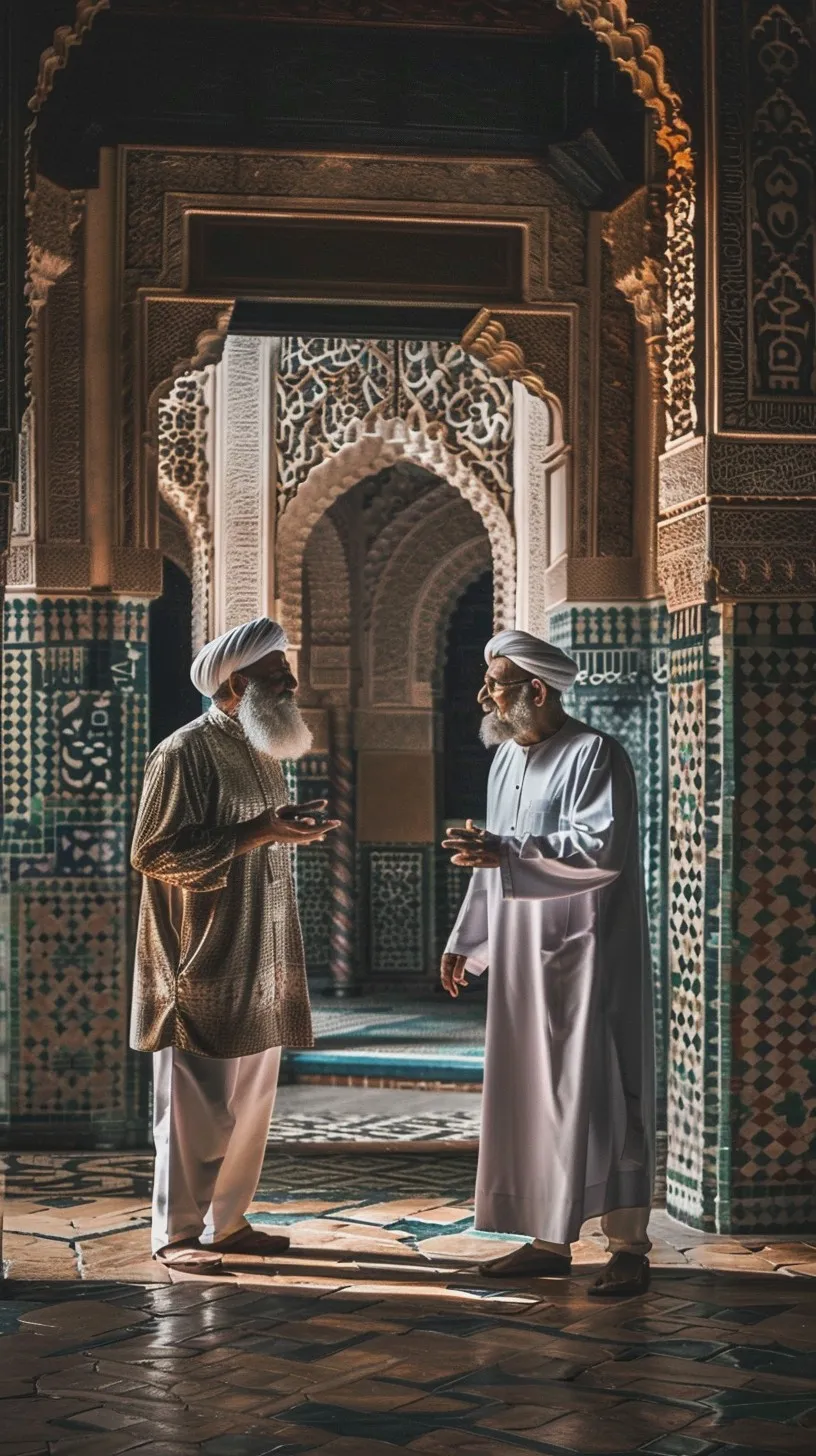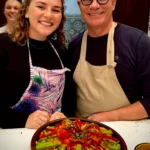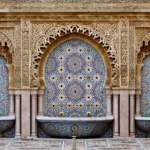Moroccan dress reflects the country’s rich cultural heritage and diverse influences. Traditional Moroccan clothing is known for its vibrant colors, intricate designs, and practical functionality. Here’s an overview of traditional Moroccan dress and its significance:
1. Djellaba
- Description: A long, loose-fitting robe with a hood, typically worn by both men and women. It’s usually made from wool in cooler months and lighter fabrics in warmer seasons.
- Men’s Djellaba: Often plain or with subtle patterns, sometimes featuring a more straightforward design.
- Women’s Djellaba: Can be more elaborate with embroidery, embellishments, and vibrant colors.
2. Kaftan
- Description: A long, elegant dress, often worn by women. It usually adorned with intricate embroidery, sequins, and beads.
- Variations:
- Moroccan Kaftan: Often made from luxurious fabrics like silk or velvet and worn for special occasions.
- Jellabiya: A simpler version of the kaftan, worn for everyday use or in more casual settings.
3. Tarbouch (Fez)
- Description: A traditional red hat with a black tassel, worn by men. It symbolizes Moroccan heritage and worn on formal or ceremonial occasions.
- Variations: Different colors and styles can represent various regions or professions.
4. Chachia
- Description: A traditional hat made of red felt, worn by men, especially in northern Morocco. It is simpler than the tarbouch and often worn for everyday activities.
5. Jabador
- Description: A traditional outfit for men that consists of a long, open-fronted garment worn over a shirt and trousers.
- Occasions: It’s typically worn for formal or festive occasions, often paired with a fez or other headwear.
6. Takchita
- Description: A two-piece outfit for women consisting of a base dress (often plain) and an outer robe (decorated with embroidery and embellishments).
- Occasions: It’s a formal dress worn for weddings, special events, and celebrations.
7. Berber Clothing
- Description: Traditional attire from Morocco’s Berber (Amazigh) communities, known for its distinctive patterns and bright colors.
- Features: Includes intricately woven wool garments, hand-embroidered accessories, and traditional jewelry.
8. Accessories
- Belts and Sashes: Worn with both men’s and women’s traditional attire, often elaborately decorated and sometimes used to cinch the waist.
- Jewelry: Moroccan jewelry is often handmade and can include pieces like large silver rings, elaborate necklaces, and intricate earrings, often featuring traditional designs and gemstones.
Modern Adaptations
- Fusion Fashion: Modern Moroccan dress often blends traditional elements with contemporary styles. For example, traditional patterns and fabrics used in casual and formal wear.
- Western Influence: In urban areas, you’ll see a mix of traditional Moroccan clothing with Western fashion, reflecting a blend of cultures.
Cultural Significance
- Regional Variations: Different regions in Morocco have their own traditional styles and variations of clothing, which can indicate a person’s regional origin or cultural background.
- Occasions: Traditional Moroccan clothing reserved for special occasions such as weddings, religious festivals, and other significant events, while casual wear might be more modern or practical.
General Tips for Wearing Moroccan Clothing
- Respect Local Customs: If visiting Morocco, it’s a good idea to dress modestly, especially in rural areas or during religious occasions.
- Comfort and Functionality: Traditional clothing designed to be comfortable and practical for the climate, so consider the materials and style for different seasons.
Moroccan dress offers a rich tapestry of colors, patterns, and styles, reflecting the country’s deep cultural heritage and vibrant traditions. Whether for special occasions or everyday wear, Moroccan clothing beautifully represents the fusion of history and modernity.



